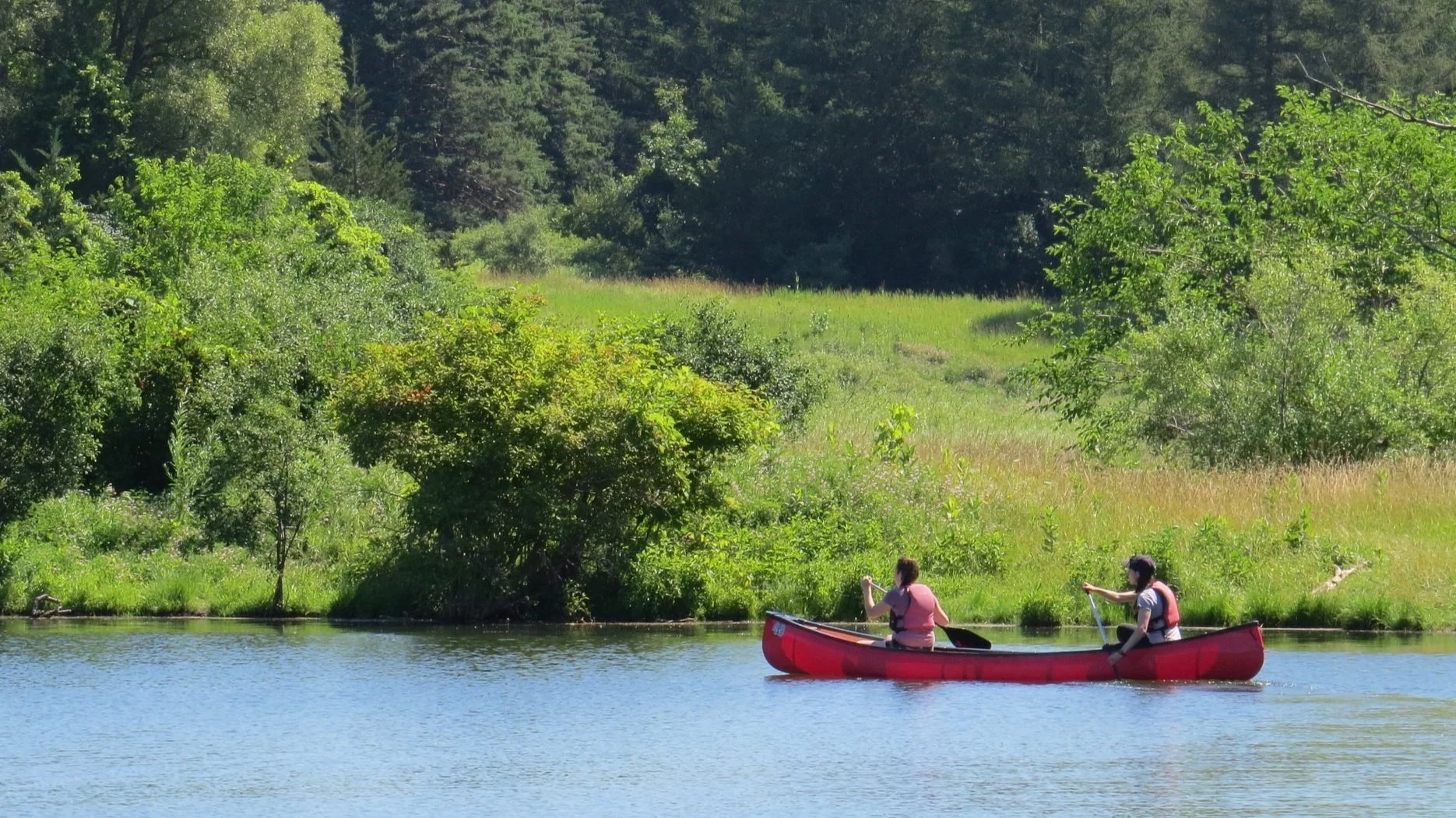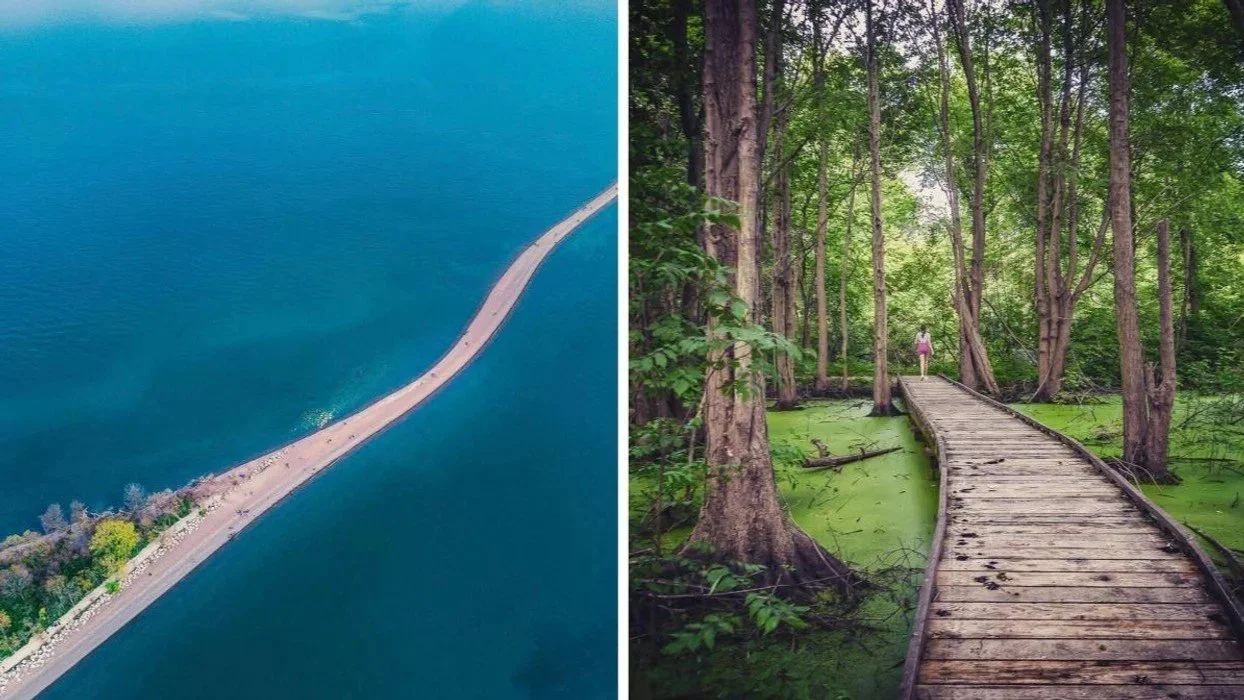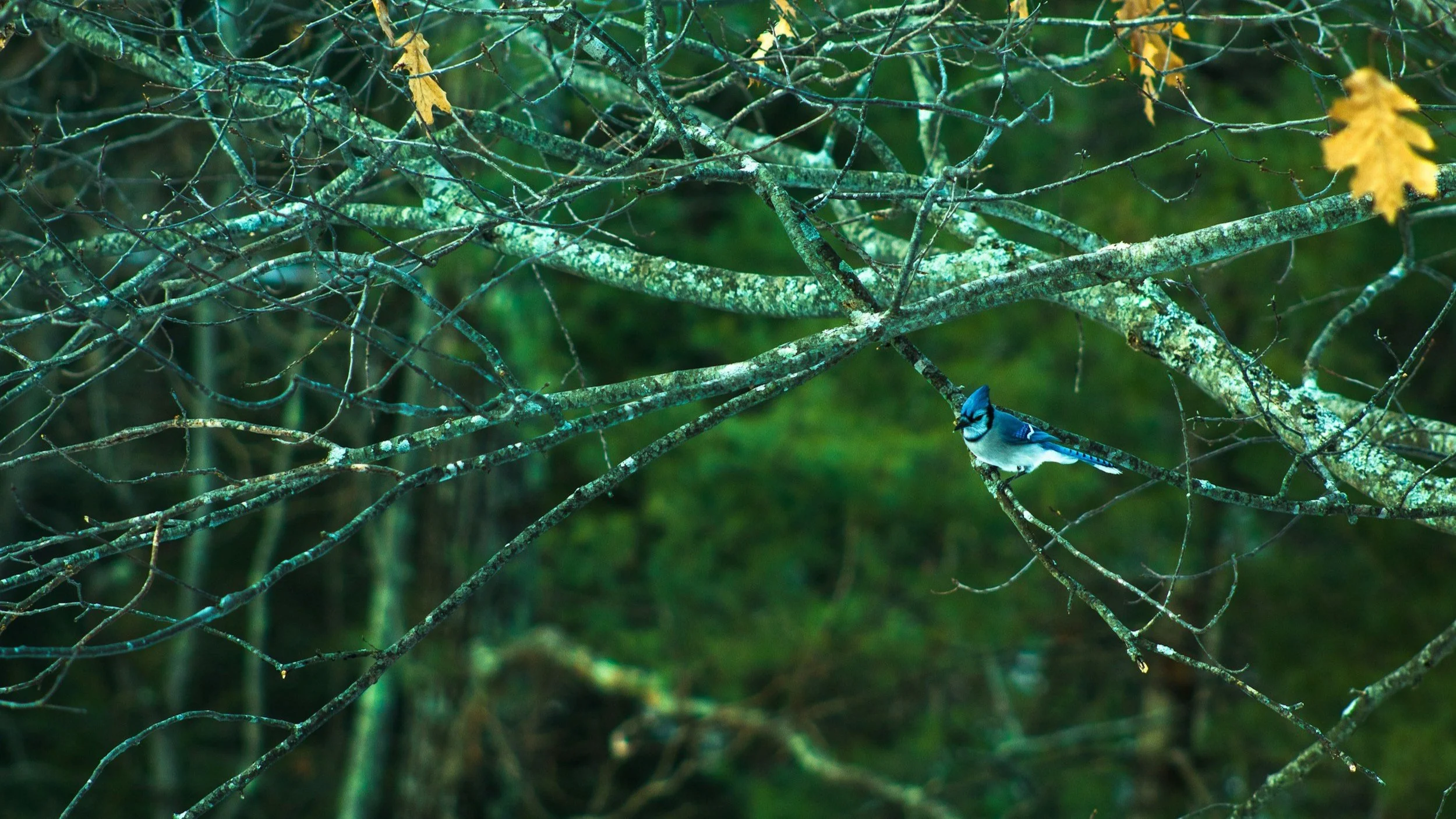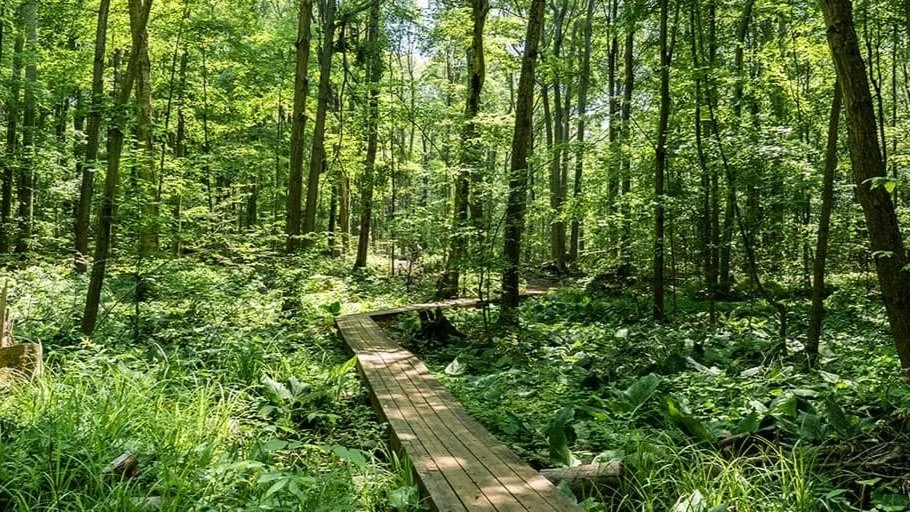The Wild Nearby
There’s a moment, usually about twenty minutes into a forest walk, when the breeze catches the scent of pine and something inside you exhales. If you’re new to London, Ontario, and craving that feeling of being far from city hum and close to birdsong, you’re in luck. The city and its surrounding area are dotted with parks and conservation areas, just waiting to be discovered. But before you lace up your sneakers or pack the car, it helps to know the difference between them.
Because not all parks are created equal.
Conservation Areas: Wild at Heart, Close to Home
These are the forested corners of the city, all managed with care by the Upper Thames River Conservation Authority (UTRCA) and designed to protect watersheds and wildlife. They’re welcoming, low-key places for walking, cycling, birdwatching, paddling, and even camping, perfect for a spontaneous escape.
Start with Fanshawe Conservation Area, just northeast of downtown. It wraps around a quiet reservoir and offers forest trails, canoe rentals, and a well-kept campground. Dogs are welcome on leash, fires are allowed in designated pits, and alcohol is usually restricted, especially during long weekends. A day-use or seasonal pass is required. Fanshawe is also a key player in flood control, quietly protecting the city during heavy rains, just one more reason it’s a local favourite.
London is also uniquely blessed with a network of Environmentally Significant Areas (ESAs), natural pockets of wetlands, woodlands, and meadows preserved for their ecological importance. These spaces are protected, but still open to the public for quiet walks, nature observation, and gentle exploration. Many of them are conveniently located along city bus routes, making them easily accessible without a car.
One of the most beloved is Westminster Ponds, a peaceful web of trails and boardwalks winding through wetlands and wooded paths. Recognized as a Provincially Significant Wetland (PSA), it’s an ideal place to spot herons, frogs, butterflies, and even the occasional deer. It’s especially lovely early in the day, when the trails feel hushed and still.
Other ESAs include Kains Woods and Warbler Woods in the city’s west end, short but lush hikes with a surprisingly wild feel, as well as Medway Valley Heritage Forest, Sifton Bog, Kilally Meadows, and Meadowlily Woods. Each one offers its own unique blend of biodiversity, featuring songbirds, old-growth trees, shaded ravines, and rare plant life. These are day-use only areas with no camping, and visitors are encouraged to follow “leave no trace” principles to help preserve their natural beauty.
Looking to stretch your legs without going far? Sharon Creek Conservation Area in Delaware is a serene spot, featuring still waters ideal for fishing, canoeing, and a walking trail that loops around the dam and reservoir. Or try Springwater Conservation Area near St. Thomas, where wildflowers bloom along shaded trails and a boardwalk carries you through pockets of untouched marshland.
A little farther out, Wildwood (St Mary’s) and Pittock (Woodstock) Conservation Areas offer similar perks to Fanshawe: day-use access, spacious campgrounds, and all the boating, fishing, and trail time your heart desires. These are perfect day trips or spontaneous weekend getaways when the city feels just a bit too loud.
Each conservation area, whether an urban ESA or a weekend retreat, has its own rhythm and charm, but all invite you to slow down, breathe deeply, and listen to the land.
Provincial Parks: Big Trees and Bigger Views
Managed by Ontario Parks, these spacious retreats offer structured hiking, paddling, and camping experiences. Komoka Provincial Park, just west of the city, is a great first stop for forest hikes and scenic overlooks. No camping here, but it’s perfect for a day trip.
Want more beach vibes? Pinery Provincial Park, near Grand Bend, delivers sweeping dunes, shaded campsites, and sunsets that feel cinematic. Pets are welcome on leash, campfires are only in designated pits, and alcohol is limited to campsites and non-holiday weekends. You'll need a valid permit for entry or camping.
National Parks: Nature on a Grand Scale
National parks are the crown jewels of Canada’s protected spaces. Managed by Parks Canada, they preserve ecosystems of national importance and offer truly immersive experiences.
Closest to London is Point Pelee National Park, about a two-hour drive south. Its marsh boardwalks, forest trails, and the longest continuous natural beach in Essex County are home to migrating birds and monarch butterflies. Here, the rules are more formal: dogs are allowed but not everywhere, fires and alcohol are limited to campsites, and permits are required for entry. Drones and off-trail exploration are strictly regulated to protect sensitive habitats.
Local Wildlife Watching: A Symphony of Nature
Blue Jay
Whether you're wandering through the forest trails of Fanshawe or strolling along the boardwalks of Point Pelee, keep an eye out for the rich variety of wildlife that calls these parks home. Spotting a blue jay or a heron along the water's edge at Westminster Ponds is a treat for birdwatchers, while a fox might cross your path in the evening at the Pinery. Be sure to bring binoculars if you plan to take your wildlife watching to the next level!
Wilderness Travel Tips
Make sure to:
Bring plenty of water for longer hikes or camping.
Pack sunscreen and bug repellent (mosquitoes can be a nuisance, especially near water).
Protect against ticks for both you and your furry friends.
Wear light clothing for warmer days, but a light jacket or sweater is useful for cool evenings near the water.
What to Pack
A quick packing list for your next adventure:
Comfortable hiking shoes or sandals (depending on the terrain)
A backpack for snacks, water, and sunscreen
Binoculars for birdwatching or spotting wildlife
A camera to capture the beautiful views and moments
A first aid kit, especially for longer hikes or camping trips
Accessibility Information
Many of Ontario's parks make it easy for everyone to experience nature. For example, Pinery Provincial Park features accessible trails and beaches, and Fanshawe offers wheelchair-friendly pathways to some of its scenic areas. Be sure to check park websites for more details about specific accessible amenities before you go.
Eco-Friendly Tips for Your Visit
As you explore, remember that these spaces belong to everyone, and it’s up to us to preserve them:
Leave No Trace: Pack out everything you bring in.
Use reusable bottles and containers to minimize plastic waste.
Stick to marked trails to protect plant life and avoid disturbing wildlife.
Respect the quiet hours at campsites and trails to preserve the peaceful atmosphere.
For Wherever You Wander
Springwater Conservation Area
No matter which trail calls to you, a few essentials hold true: leash your pets, respect posted rules, and pack out what you bring in. These spaces are shared, and they remain wild only if we treat them with care.
Late summer is when the forest hushes just slightly, hinting that fall is coming but not quite yet. There’s still time to sink into the green, to float on quiet water, to step softly on shaded paths.
The wild is nearby. All you have to do is go. 🌳







